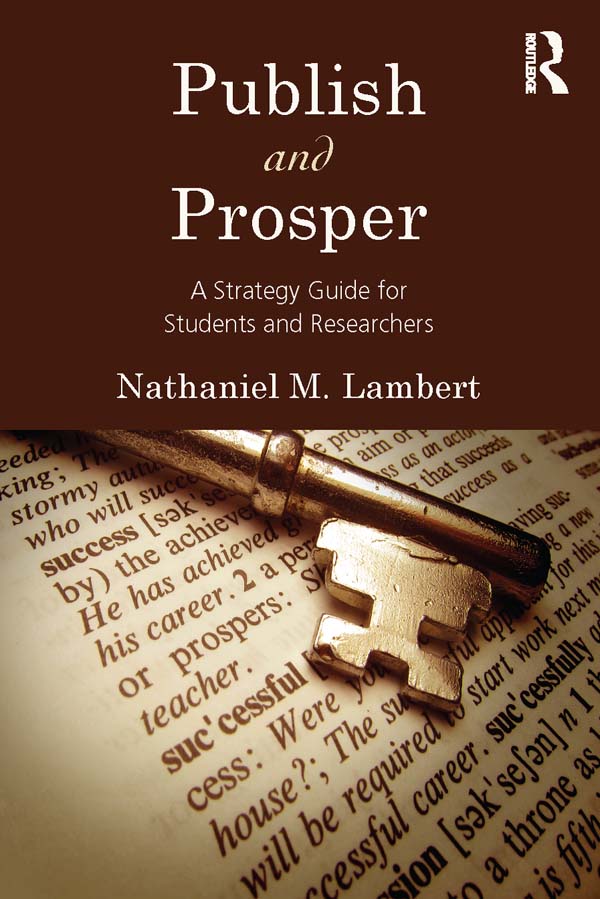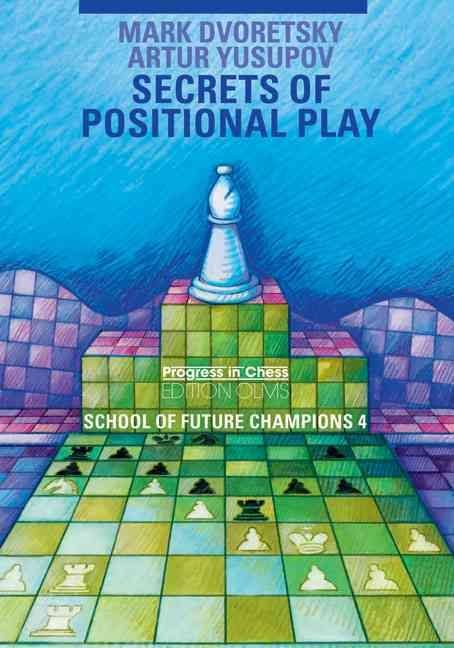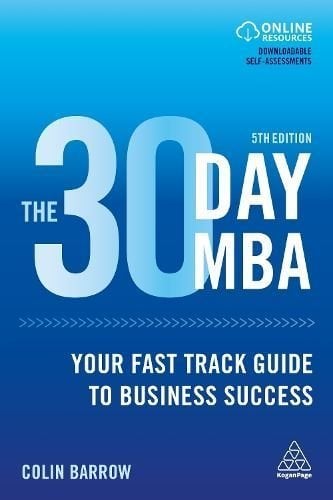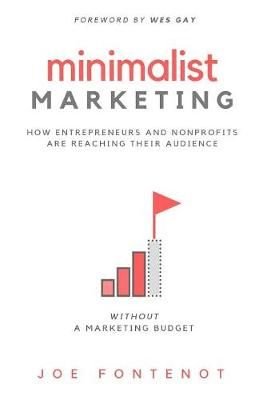Intended to help readers succeed in academia by increasing their scholarly productivity, this book provides strategies for getting articles published quickly in reputable research journals. Rather than focusing on the basics of writing about results, this unique guidebook provides tips on how to approach research, maintain motivation, maximize productivity, and overcome common pitfalls so as to become productive scholars. The strategies reviewed will help readers successfully navigate through graduate school, get a good job, receive grants and promotions, and make important contributions to their field. Written in a breezy style, this book offers case studies, examples, and personal experiences that illustrate the themes of the chapters. Introductions and summaries and key points help to highlight the most critical concepts reviewed in each chapter. Chapter exercises encourage self-reflection and/or the application of the strategies introduced in that chapter. Self-assessment questions in Appendix A help readers pinpoint their strengths and weaknesses.A tracking chart, referred to throughout, provides an effective way to follow the progress of several manuscripts that are at different stages. An interactive version of the chart is available at www.pepstrategies.com along with the time diary and the chapter and self assessment exercises. Although a young scholar, Nathaniel Lambert has an impressive track record. He already has over 50 papers published in research journals. This book reviews winning strategies practiced by the author and additional insights based on conversations with top producing scholars. By diligently applying this book’s core strategies, you too can publish and prosper! Part 1 describes issues related to prioritizing one’s research such as the importance of selecting the right topic and how to use goals and deadlines to enhance motivation. Tips for enhancing efficiency are provided in Part 2 including how to improve writing efficiency, juggle several projects simultaneously, reduce wasting time, and select the best collaborators. Part 3 explores productivity pitfalls and how to avoid them. Tips on how to avoid burnout and distractions and handle rejection are explored. Part 4 provides unique tips to apply at various stages of one’s academic career: undergraduate, graduate, and professional. Practical appendices provide an opportunity to determine one’s strengths and weaknesses keep track of projects, and expand one’s knowledge using the recommended reading list. Intended as a reference for students who are planning to attend graduate school and/or pursue an academic career, this book is ideal for professional development and/or research methods courses taught in the behavioral, social, health, and life sciences and for researchers and professionals looking to increase their publication productivity.












